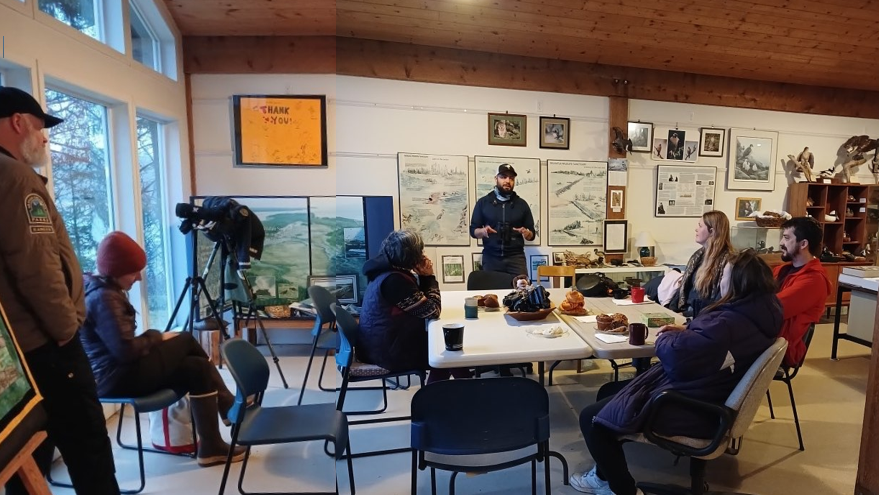Yousif Attia, National Leader – Christmas Bird Count
The Archipelago of Haida Gwaii (Queen Charlotte Islands) sits off the north Pacific Coast of Canada and has a clear view of Alaska on a sunny day. This unabated wilderness, isolated since the last ice-age, is characterized by towering temperate rainforests, rugged coastlines and immense sandspits. Completely surrounded by some of the most gnarly, albeit productive seas anywhere it is also home to unique bird and wildlife species that have adapted to thrive in these environments. The rich Indigenous history and culture of the Haida People is equally fascinating and they are renowned for their artwork, totem poles, carvings, canoe building and voyaging.

Old Masset. Photo: Yousif Attia
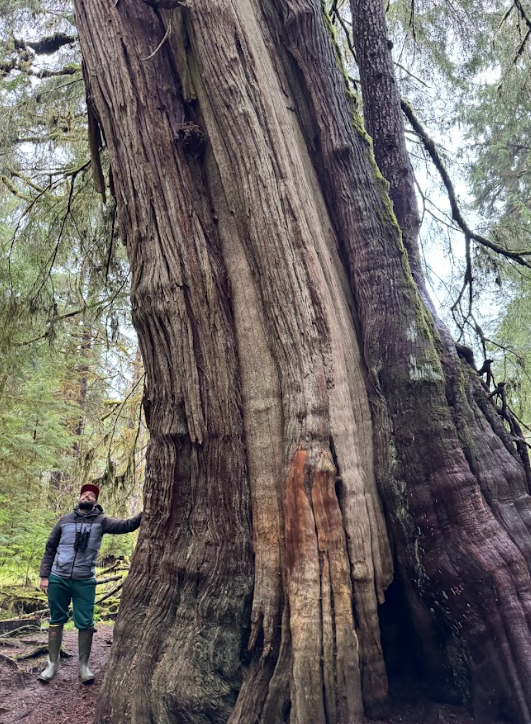
Yousif on the Golden Spruce Trail. Photo: Yousif Attia
The Christmas Bird Counts on Haida Gwaii began in 1982 when lifelong birder Peter Hamel from Hamilton, Ontario, spent a year’s sabbatical there. He recognized the value of documenting the region’s bird life. He returned to live there in 1994 and, with support from his wife and birding partner Margo Hearne, a naturalist and writer who had lived in the village of Masset since 1974, the two began a steady expansion of the program and eventually set up a total of six counts on Haida Gwaii. Peter and Margo supported many conservation initiatives, and most notably helped establish and protect the Delkatla Wildlife Sanctuary and oversaw the building of a world-class nature center. The two were later joined by Martin Williams, a skilled birder of Haida and Nisga’a heritage, and while other participants came and went, these three held the proverbial “fort” for over 42 consecutive years! Their level of dedication and commitment is inspiring, especially when you learn the logistics involved on some of these counts.
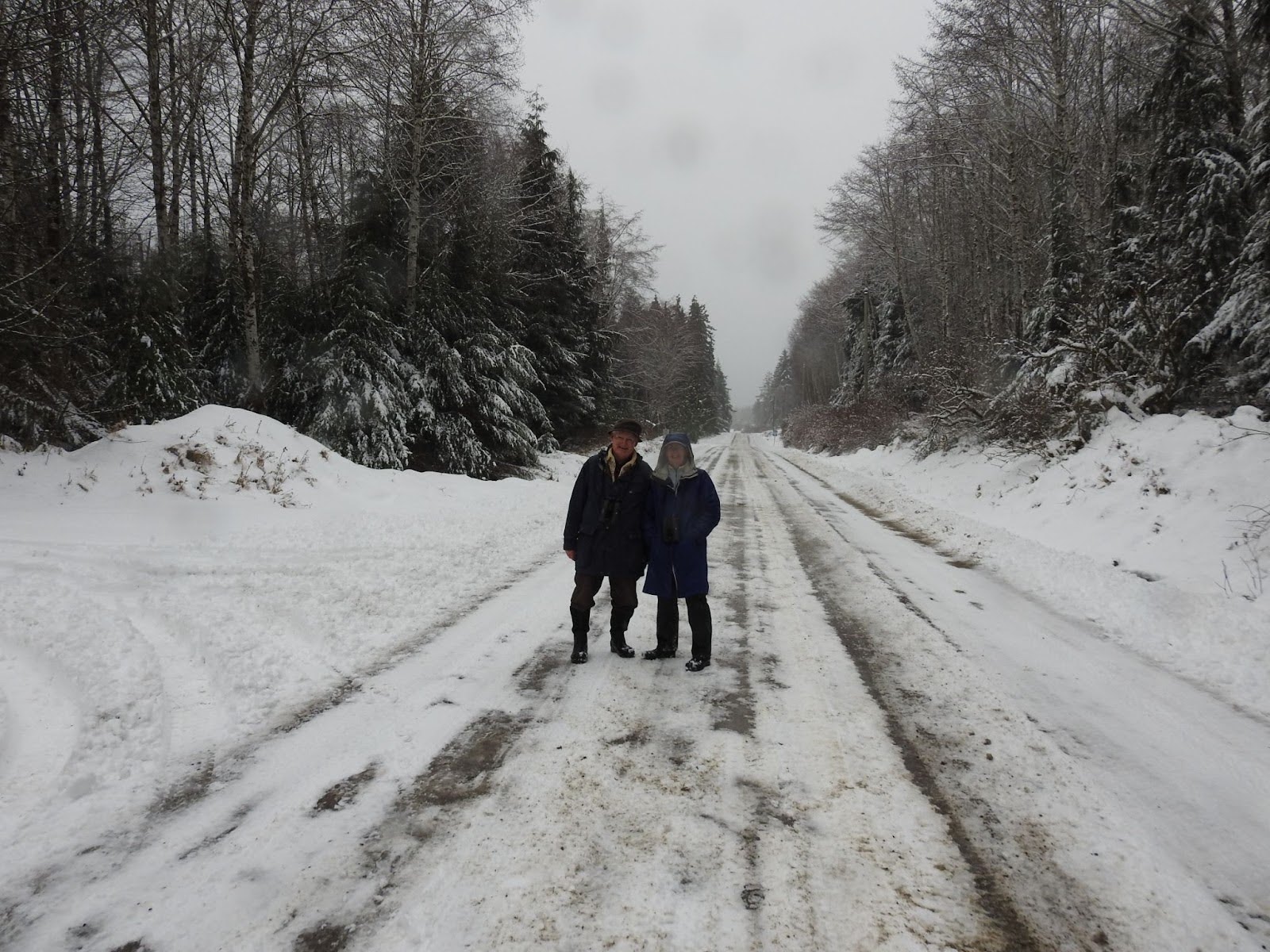
Peter and Margo on the Port Clements Count. Photo: Margo Hearne
Following the untimely passing of Peter in February 2024, I offered to fly in from Vancouver to help Margo conduct and compile a few of the Haida Gwaii counts. I was welcomed with gratitude and I was only too happy to support an integral piece of the Christmas Bird Count puzzle and become better acquainted with the people and birds that call this incredible place home.
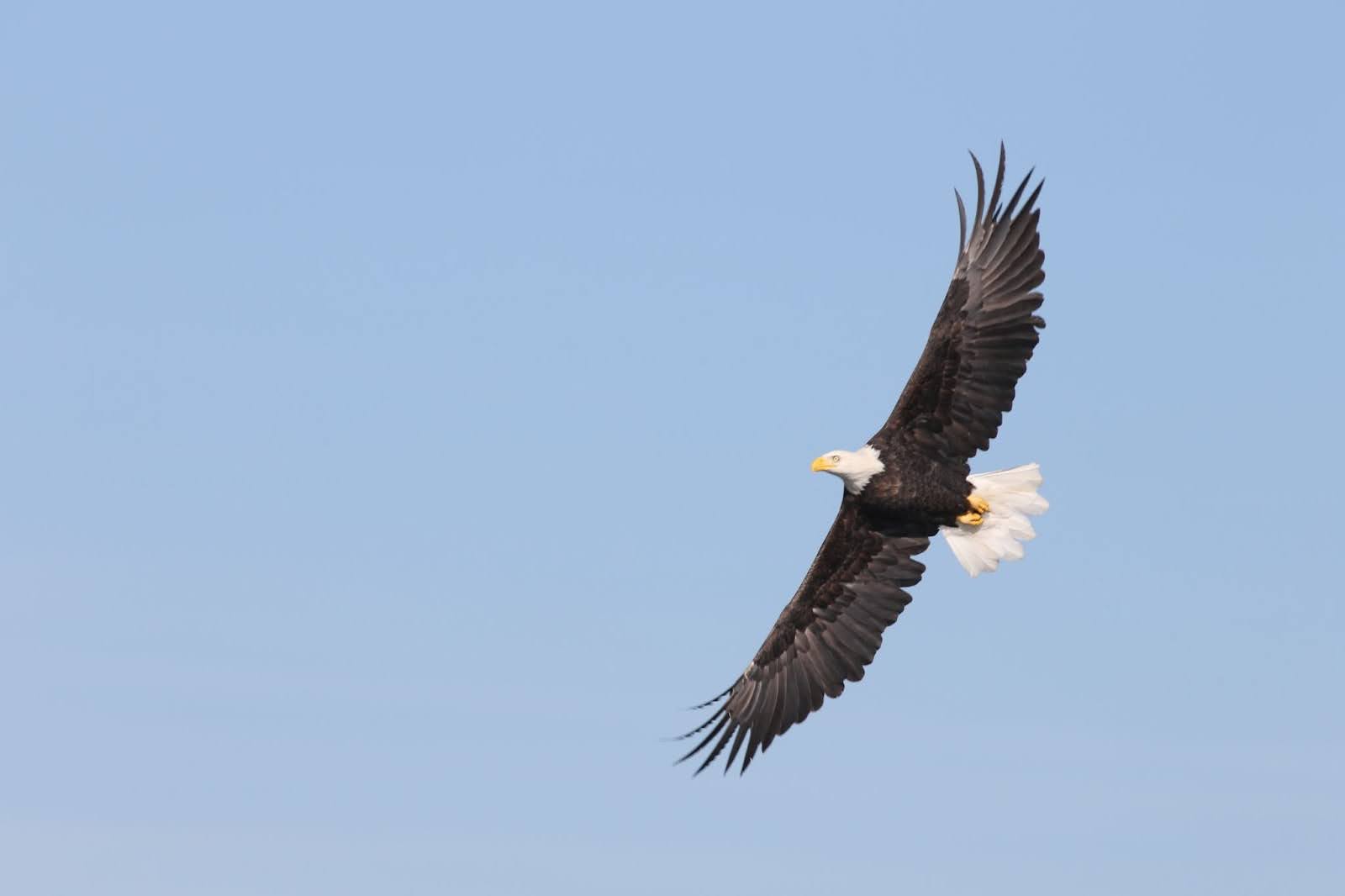
Bald Eagle. Photo: Yousif Attia
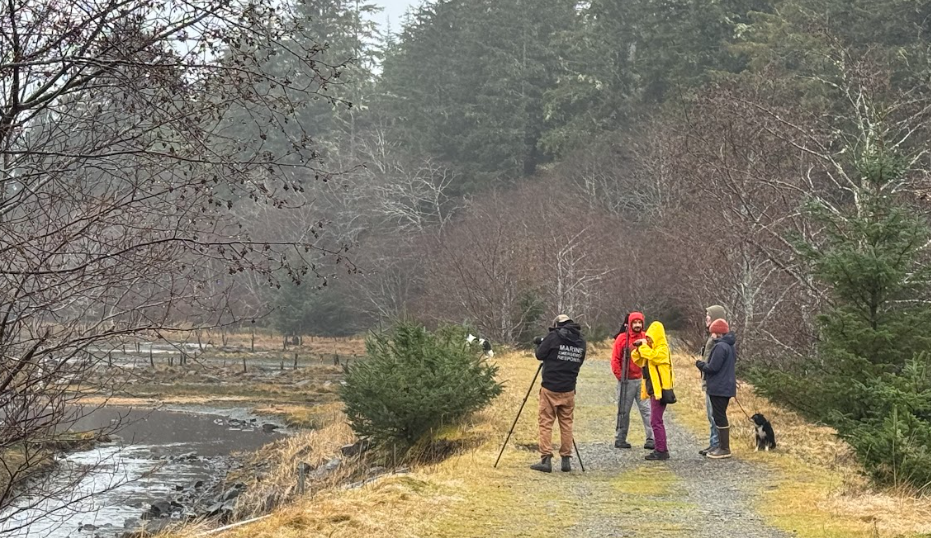
Staff and members of the Council of the Haida Nation and Delkatla Sanctuary Society exploring the estuary in Masset. Photo: Yousif Attia
The Port Clements Count
I took part in three Counts during my visit, Port Clements, Rose Spit, and Tlell. The Port Clements count circle is situated on the shores of Masset Inlet and includes the village of Port Clements and the once logging community of Juskatla, now a ghost town. We were joined for most of the day by Ginny Hudson and Eli Morigeau from the Council of the Haida Nation. The sheltered estuary of Yakoun Bay was especially productive and here we found high numbers of waterfowl including a surprising Redhead and one Tundra Swan feeding apart from the more numerous and expected Trumpeter Swans. We also explored the Golden Spruce Trail, a section of forest that once led to Kiid K’iiyas (Ancient Tree). While the original Kiid K’iiyas is no longer standing, the history of this truly unique Sitka Spruce tree is worth learning about. On this section of our trip, we encountered large flocks of Red Crossbills, a specialist of cone crops, and a personal favorite! Listen to an audio recording of a flock of “Type 3” Red Crossbills from the Port Clements CBC.
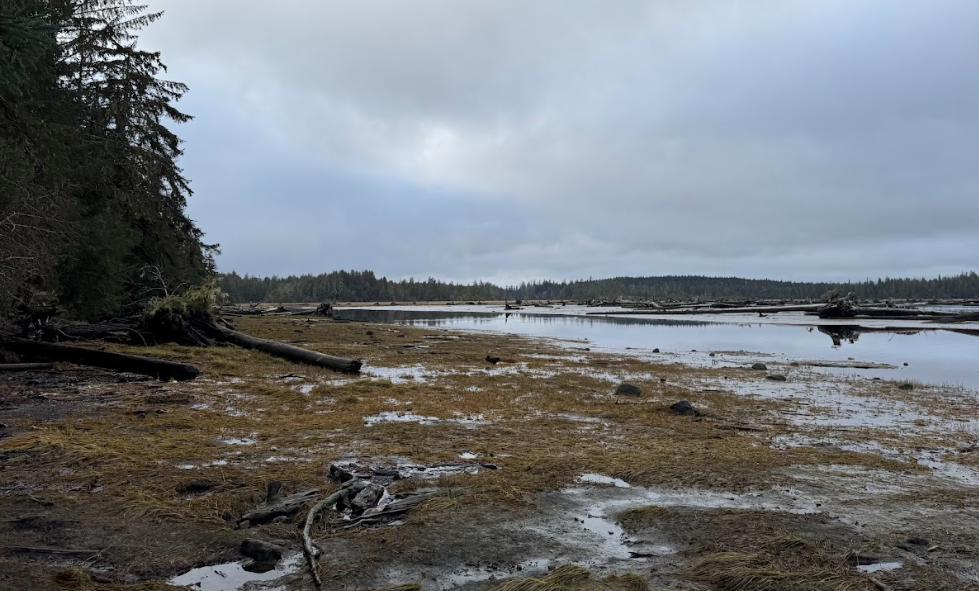
Yakoun River Estuary. Photo: Yousif Attia
The Rose Spit Count
At the extreme northeastern edge of Haida Gwaii lies Rose Point (or Spit), where Hecate Strait and Dixon Entrance meet. We met the Haida Nation crew at Tow Hill at dawn. Margo and I hopped in the truck with Thor Collison, beach rescue operator extraordinaire. The tides have to be just right to allow vehicles to pass easily on the beach and there’s a limited time window in which to do so. Fortunately, Thor knew this beach better than most, and we listened to stories of mishaps past when unwary travellers had been trapped by the tides and in some cases, even lost their vehicles. On this day, the weather seemed to be cooperative with (relatively) low winds until we got to the tip when we were reminded of just how exposed the area is! It was windy with a raw chill – I layered up with everything I had! As we approached the very tip of the point, we came across a recently deceased Humpback Whale on the beach. As we approached it, several eagles flew from it and perched on the nearby driftwood although the gulls were less eager to fly off and we saw one Glaucous Gull among the more abundant Glaucous-winged Gulls.
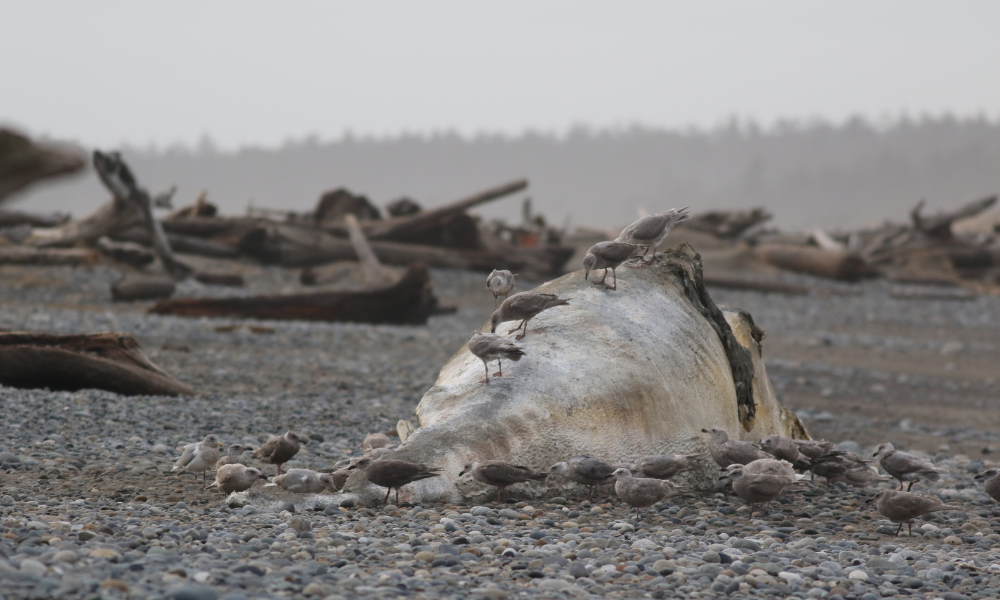
Glaucous-winged Gulls feeding on Humpback Whale carcass. Photo: Yousif Attia
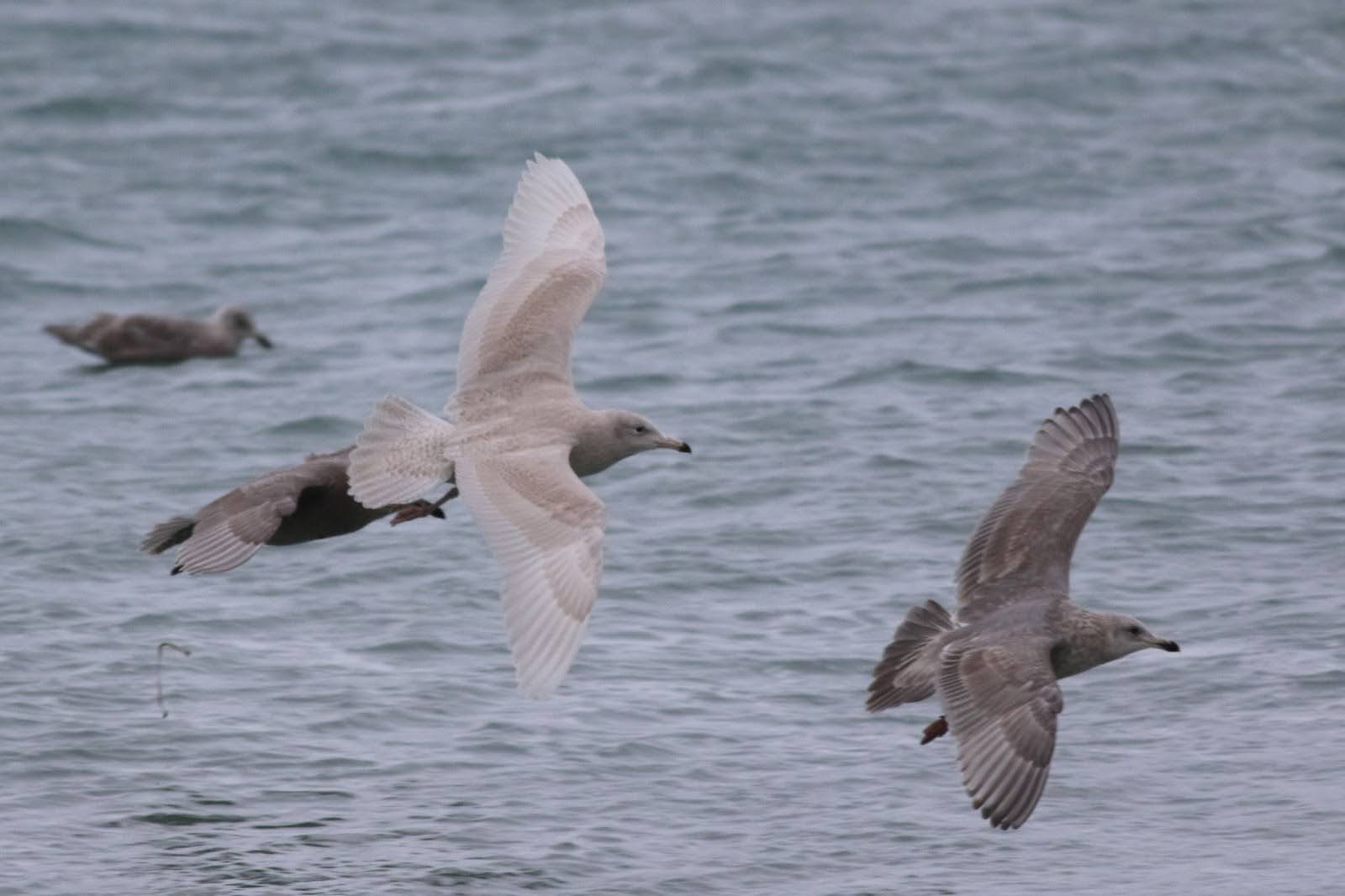
First cycle (year) Glaucous Gull with Glaucous-winged Gulls. Photo: Yousif Attia
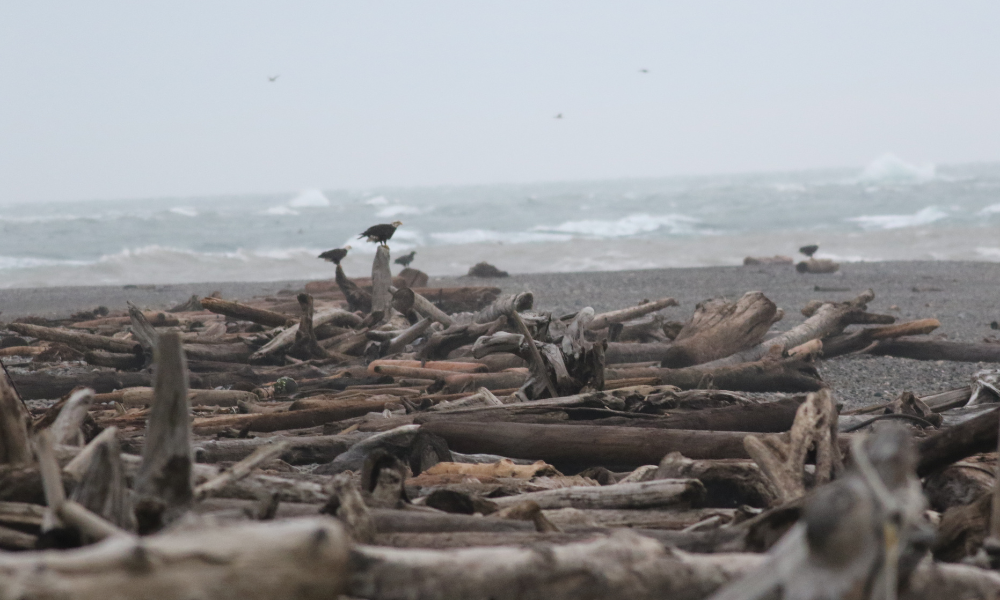
Bald Eagles looking out at the tip of Rose Spit. Photo: Yousif Attia
The real highlights started when we set our scopes out on the water. We took shelter behind drift logs on the leeward side of the strong Southeasterly. It wasn’t long before flocks of tens, then hundreds, and eventually thousands of Common Murres and Ancient Murrelets streamed past our view. One flock of murres held a Thick-billed – a much less abundant species on the West Coast. Another noteworthy sighting was a female Eider (either Common or King) that couldn’t be identified to species. We frantically took advantage of our time before Thor gave the signal. The tide was rising, and we had to leave! The drive back was punctuated with small but steady flocks of Sanderlings on the beach. Suffice to say, it was an extreme CBC, and one that I’ll remember forever.
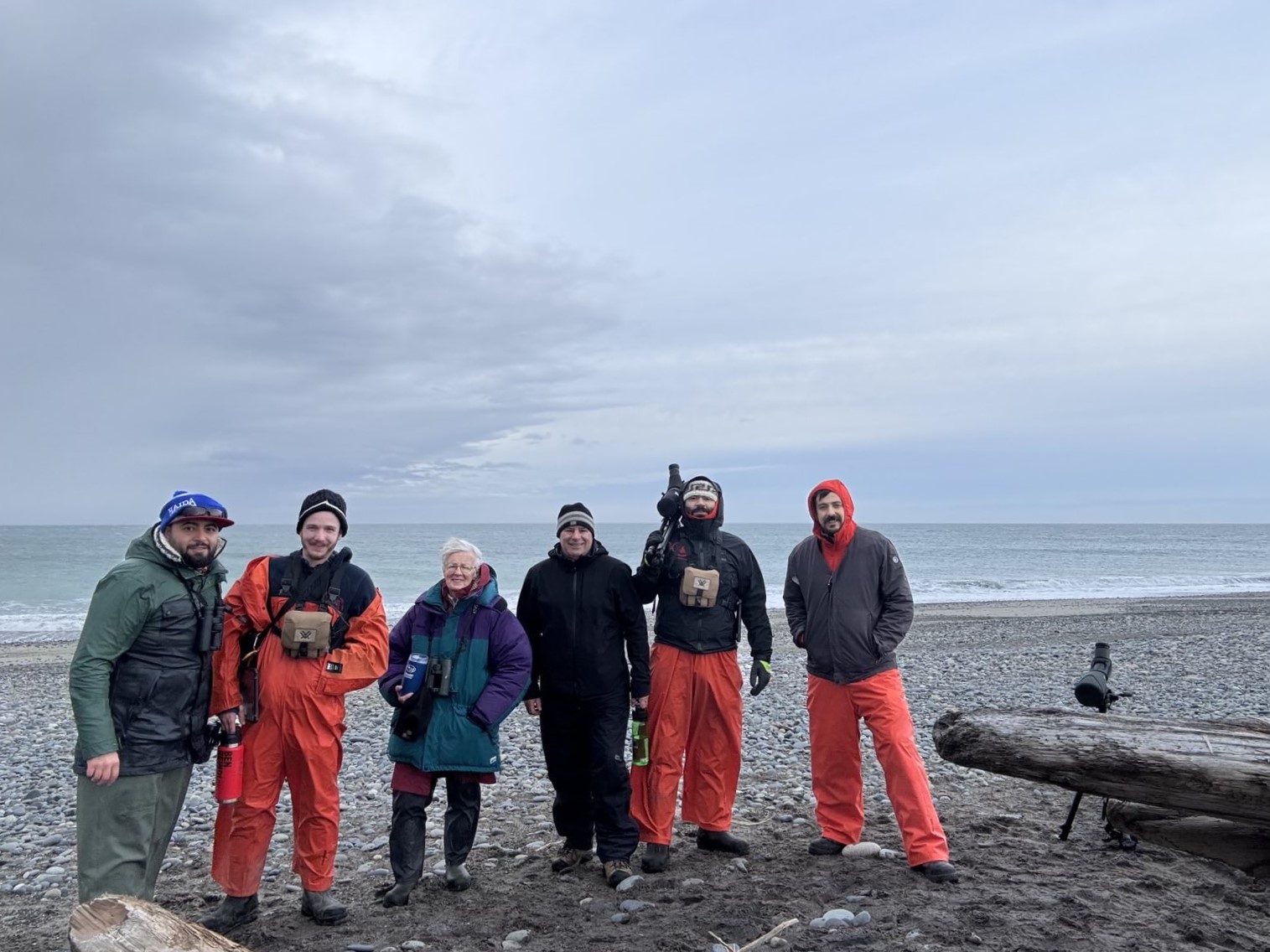
The Rose Spit CBC team during 2024 (left to right: Yousif Attia, Ben Reindl-Heit, Margo Hearne, Tony Smith, Jonas Prevost, Elijah Morigeau). Photo: Yousif Attia
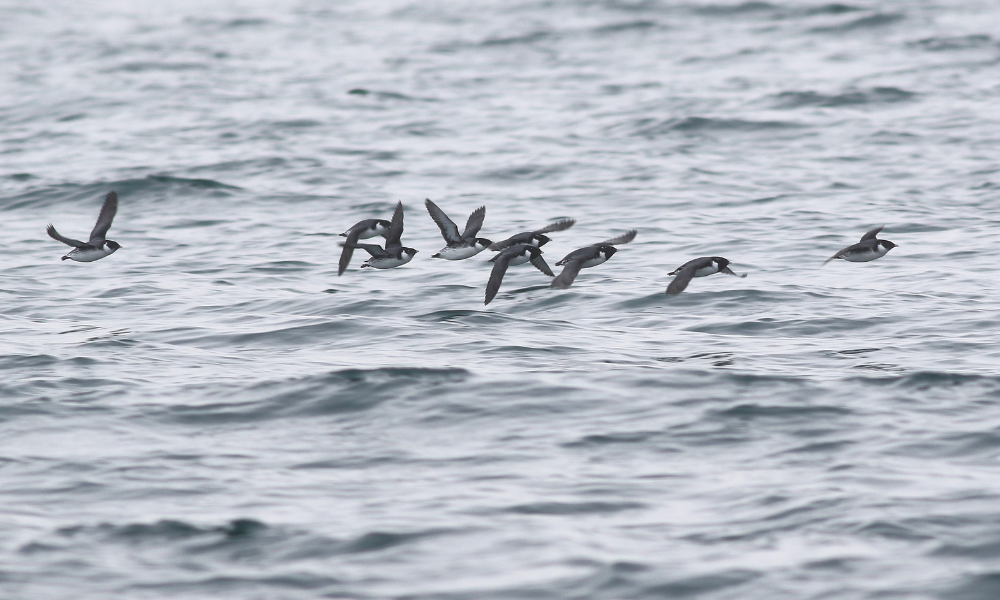
Ancient Murrelets. Photo: Yousif Attia
The Tlell Count
In comparison to Rose Spit, the Tlell Count was much more logistically friendly. The day started over delicious coffee and homemade muffins overlooking a gorgeous floodplain of the Tlell River at Sitka Studio, owned by Noel Wotten and Barbara Small. A small herd of three Sandhill Cranes found by Noel and an offshore Parasitic Jaeger were the highlights, but otherwise, the day was characterized by gale force, increasing to storm force winds, which made counting difficult. Margo continued the count but I had to hitch a ride with eBird reviewer Carey Bergman who kindly took me to Skidegate Landing where I caught the ferry to Sandspit in order to catch my flight home to Vancouver. With the rising winds the ferry was at risk of cancellation. It was a not-so-subtle reminder of just how extreme the weather can be on Haida Gwaii.
A heartfelt háw’aa (thank you in Haida) to my hosts, especially Margo Hearne, members of the Council of the Haida Nation: Ginny Hudson, Jonas Prevost, and Eli Morigeau, and members of the Delkatla Sanctuary Society for their generosity and welcoming me to their land. While not with us in the flesh, Peter Hamel and Martin Williams were remembered at every turn, and with every bird.
Wherever you were during this past CBC season, I hope you found the same fulfillment that this 125-year-old tradition provides. Until next year.
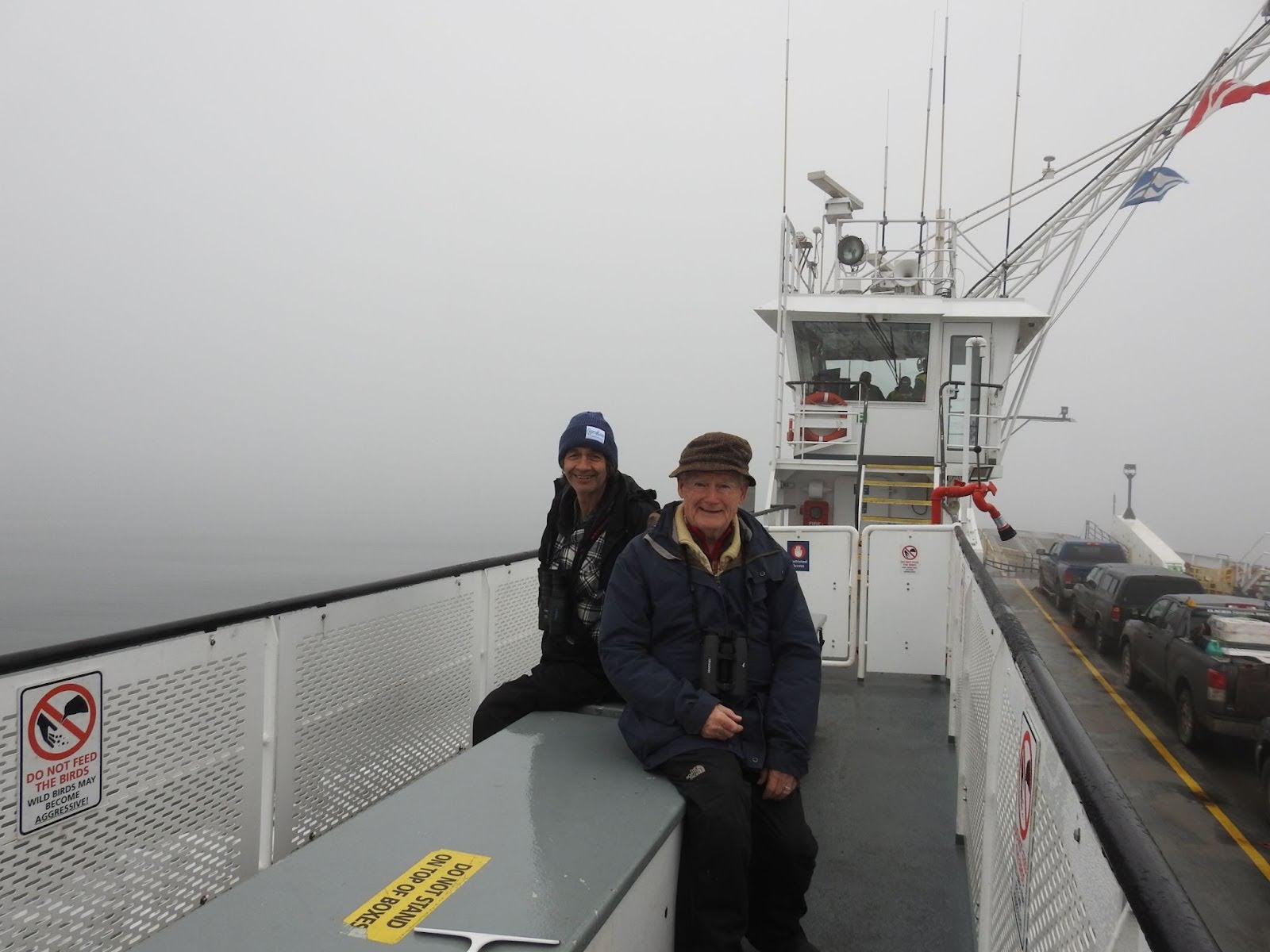
Martin Williams (left) and Peter Hamel (right) on board the Kwuna on the Skidegate Inlet Count. Photo: Margo Hearne
“The most revealing question to ask those concerned for the environment is what is your personal relationship to nature?”
